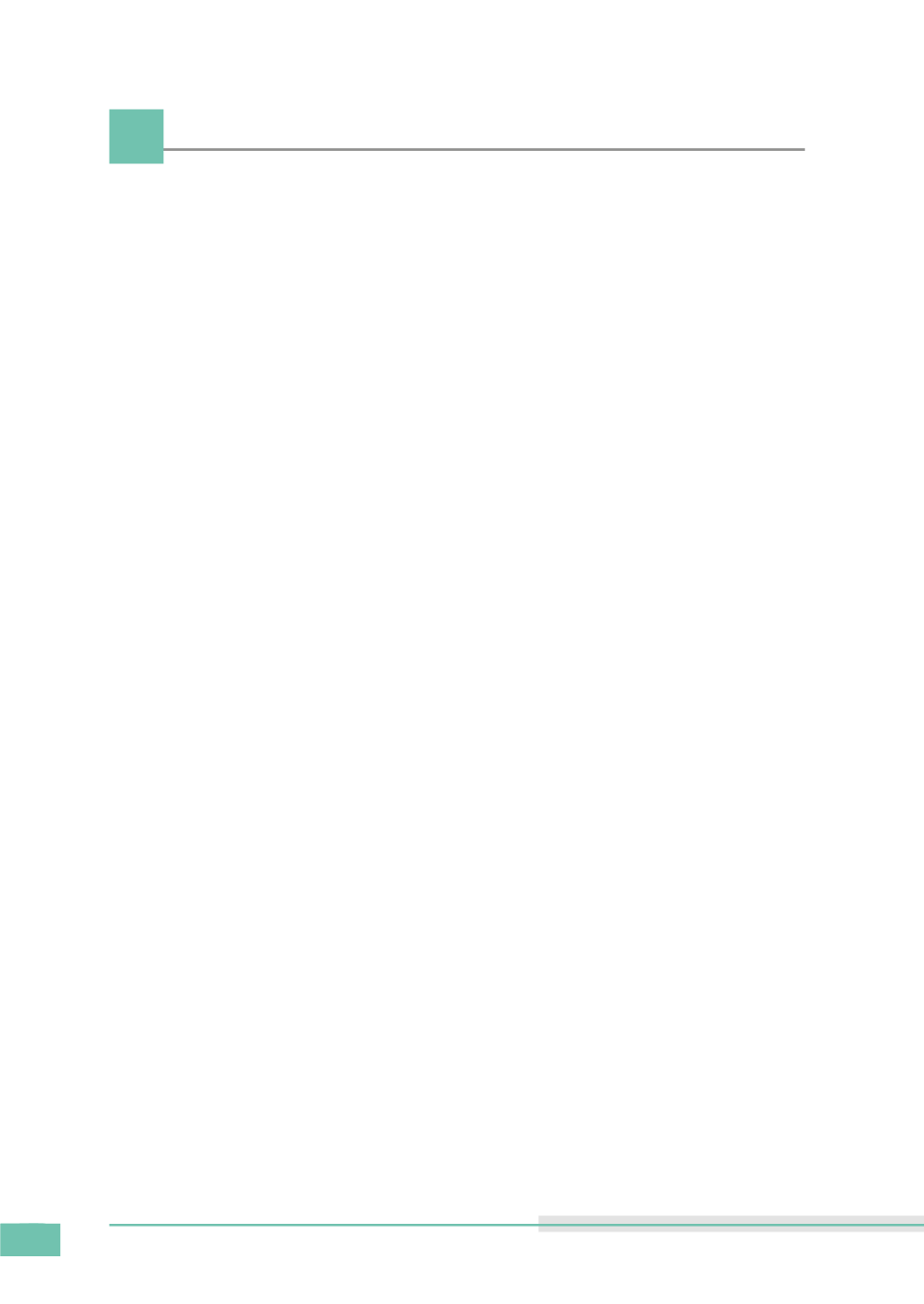
Tales de Carvalho, Almir Schmitt Netto, Leonardo Vidal Andreato
18018
Bibliografia
1. Global Recommendations on Physical Activity for Health. WHO Guidelines Approved by the
Guidelines Review Committee. Geneva2010.
2. Perk J, De Backer G, Gohlke H et al. European Guidelines on cardiovascular disease preven-
tion in clinical practice (version 2012): The Fifth Joint Task Force of the European Society of
Cardiology and Other Societies on Cardiovascular Disease Prevention in Clinical Practice
(constituted by representatives of nine societies and by invited experts). Atherosclerosis.
2012;223:1‑68.
3. Franklin BA, Lavie CJ, Squires RW et al. Exercise‑based cardiac rehabilitation and improve-
ments in cardiorespiratory fitness: implications regarding patient benefit. Mayo Clin Proc.
2013;88:431‑7.
4. Fletcher GF, Ades PA, Kligfield P et al. Exercise standards for testing and training: a scientific
statement from the American Heart Association. Circulation. 2013;128:873‑934.
5. Wisloff U, Stoylen A, Loennechen JP et al. Superior cardiovascular effect of aerobic interval
training versus moderate continuous training in heart failure patients: a randomized study.
Circulation. 2007;115:3086‑94.
6. Garber CE, Blissmer B, Deschenes MR et al. American College of Sports Medicine position
stand. Quantity and quality of exercise for developing and maintaining cardiorespiratory,
musculoskeletal, and neuromotor fitness in apparently healthy adults: guidance for prescri-
bing exercise. Med Sci Sports Exerc. 2011;43:1334‑59.
7. Menshikova EV, Ritov VB, Ferrell RE et al. Characteristics of skeletal muscle mitochondrial
biogenesis induced by moderate‑intensity exercise and weight loss in obesity. J Appl Physiol
(1985). 2007;103:21‑7.
8. Myers J, Prakash M, Froelicher V et al. Exercise capacity and mortality among men referred
for exercise testing. N Engl J Med. 2002;346:793‑801.
9. Hoier B, Hellsten Y. Exercise‑induced capillary growth in human skeletal muscle and the
dynamics of VEGF. Microcirculation. 2014;21:301‑14.
10. Green H, Goreham C, Ouyang J et al. Regulation of fiber size, oxidative potential, and capil-
larization in human muscle by resistance exercise. Am J Physiol. 1999;276:R591‑6.
11. Holloszy JO, Coyle EF. Adaptations of skeletal muscle to endurance exercise and their meta-
bolic consequences. J Appl Physiol Respir Environ Exerc Physiol. 1984;56:831‑8.
12. Carvalho T, Benetti M, Mara LS. Teste cardiopulmonar: visão para o clinico. Procardiol edi-
tor. 2012; 31‑51.
13. Grossman W. Cardiac hypertrophy: useful adaptation or pathologic process? Am J Med.
1980;69:576‑84.
14. Dorn GW, 2nd. The fuzzy logic of physiological cardiac hypertrophy. Hypertension.
2007;49:962‑70.
15. McMullen JR, Jennings GL. Differences between pathological and physiological cardiac
hypertrophy: novel therapeutic strategies to treat heart failure. Clin Exp Pharmacol Physiol.
2007;34:255‑62.


